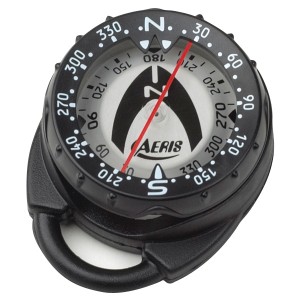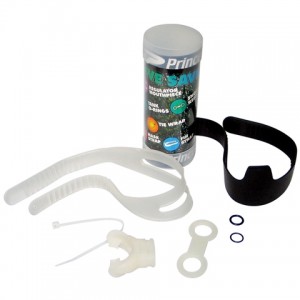Scuba Diving Winchester Bay Oregon (Half Moon Bay)
 Scuba diving Winchester bay in Oregon on the Oregon Coast is always a challenge, with the weather changing in the blink of an eye you have to keep alert to changing weather and water conditions.
Scuba diving Winchester bay in Oregon on the Oregon Coast is always a challenge, with the weather changing in the blink of an eye you have to keep alert to changing weather and water conditions.
Always check weather conditions when you and your buddies are planning a dive and always be prepared to cancel a dive if the weather is too severe.
Be sure and make this dive during the tail end of the high incoming tide, or slack tide, which means there is a small window of about 30 min to 1 hour that the tide will make little movement at that time.
You can follow with the incoming tide current and not have to struggle against the tide, so it’s kind of like a ride with the current taking you for a ride.
Winchester Bay on the south Oregon coast is a very beautiful place for scuba diving and any other outdoor activity you can think of so get you dive gear ready.
The community of Winchester Bay is a very quiet place full of things to do, and trying out your new dive gear is one of them, local scuba diving is one thing I love around here.
Half Moon Bay is located at Winchester Bay just head towards the water and keep the boats and the water on your right when driving through.
The main road will take you to the sand dunes, for 4X4 action and adventure, when looking for Half Moon Bay we leave the main hardtop surface road on to a gravel road that takes you to the Coast Guard tower for watching for distressed boats.
As you see in the photo above Half Moon Bay is in the bay but out of the main current and swells that bombard the shoreline.
Just as you turn onto the gravel road there is a small building to the right, that building is used to store the emergency vehicles used for emergency situations that come up from time to time out on the dunes.
You can park in the area just before the emergency building, back up you vehicle and start getting your diving gear on.
Once your dive gear is on you can make your way towards the rock jetty across the sand towards the bay, it is a bit of a trek and walking through the sand in full gear can be tiresome but not too bad, just take your time.
Now you will want to take a compass bearing across to the other side of the north jetty so your return trip will bring you back to the south jetty rocks.
After you have arrived at the rocks you will find a series of large flat rocks that you can enter the water from, the best way is to slowly work your way along the slick rocks to the flat rocks, once there sit down on the rocks and put you fins on, being sure to keep your air regulator mouthpiece in because you can have a large wave come up on you without notice during swells.
When you have your gear securely ready you can enter the water, float on top of the water until You are ready to descend.
Now you can descend to the rocks below. Once on the rocks you can start to work your way to the bottom, there is a lot of beautiful colors and underwater structure when going to depth, the large rocks will hide many fish and crab that you will see.
When you are on the bottom close to the rocks you will notice there is less current, so stay close to the rocks for more control.
If you are fishing with a speargun you will need to work your way up and down the rocks to scare the fish out into the open. There are several varieties of fish that call these rocks home, Lingcod, Black Bass, cabezon, pileing Perch, and many more. (TIP: always check your dive gear and speargun bands before heading out to spear fish).
The current will take you to the end of the rock jetty where you can work your way around the end and into the Half Moon bay, there are a lot of crab at this spot so take you time and save some air so you can check out this area.
You will come back up into about 4 feet of water , this is where you can remove your fins and walk back to your vehicle.
If you decide to try this dive, and I would, please leave me an email at scubahappy97459@gmail.com and If I can I will come down and join you.
Thank You Very Much, and keep diving Greg @ Scuba Happy

